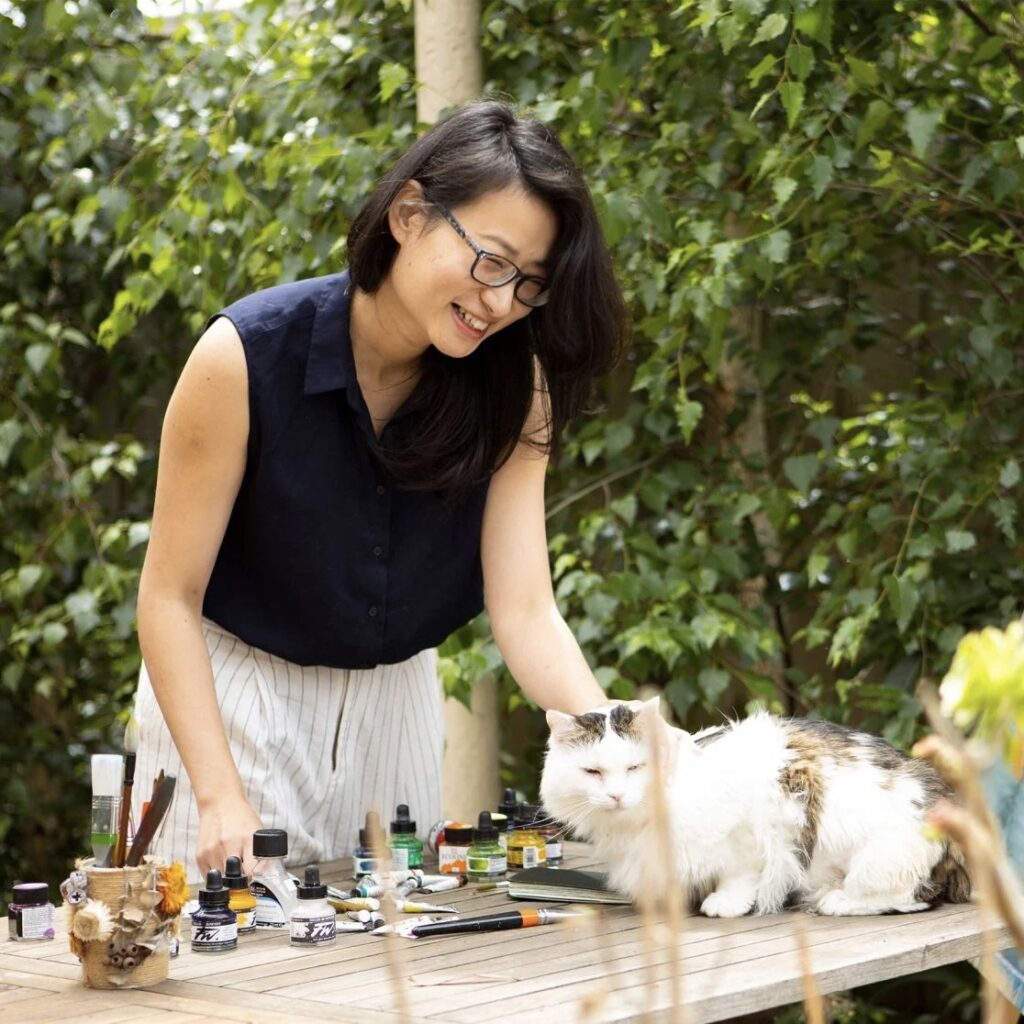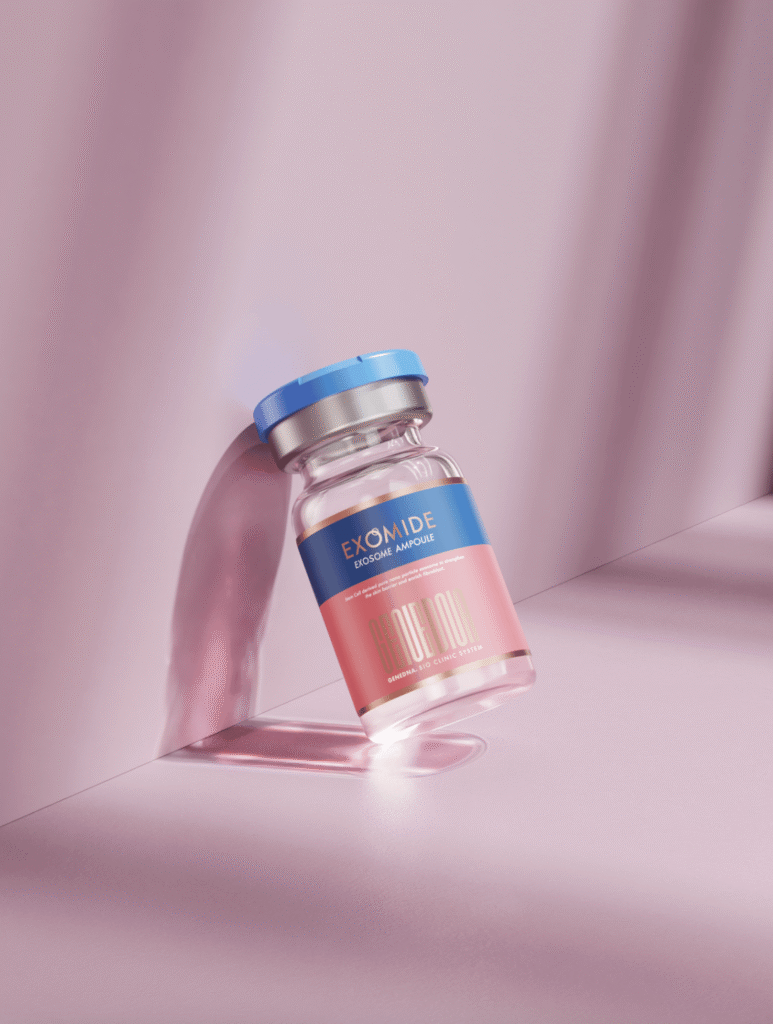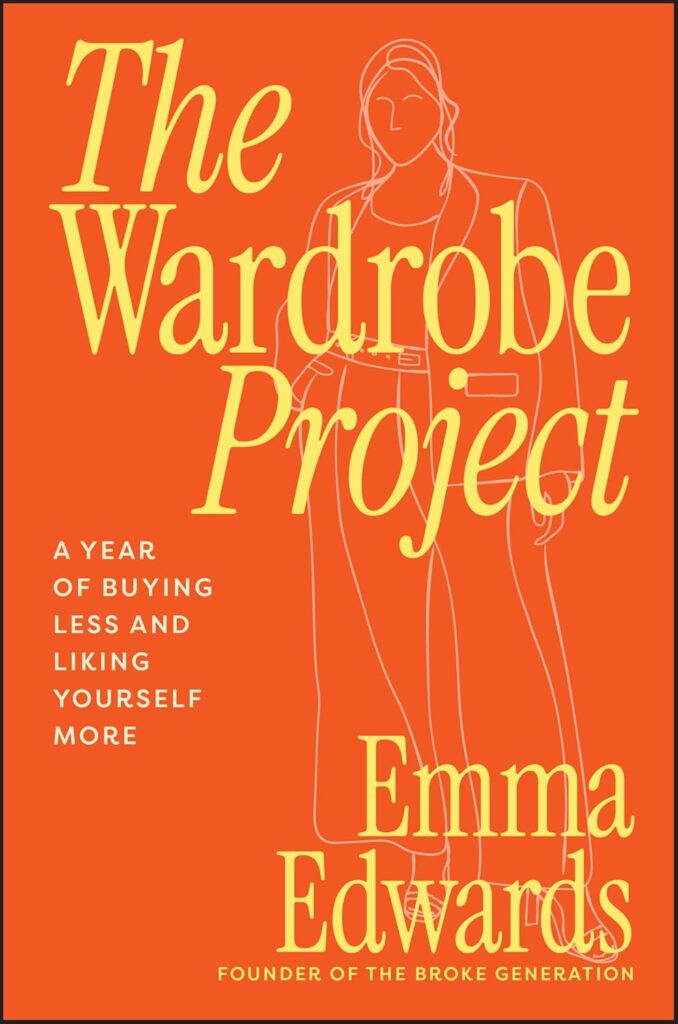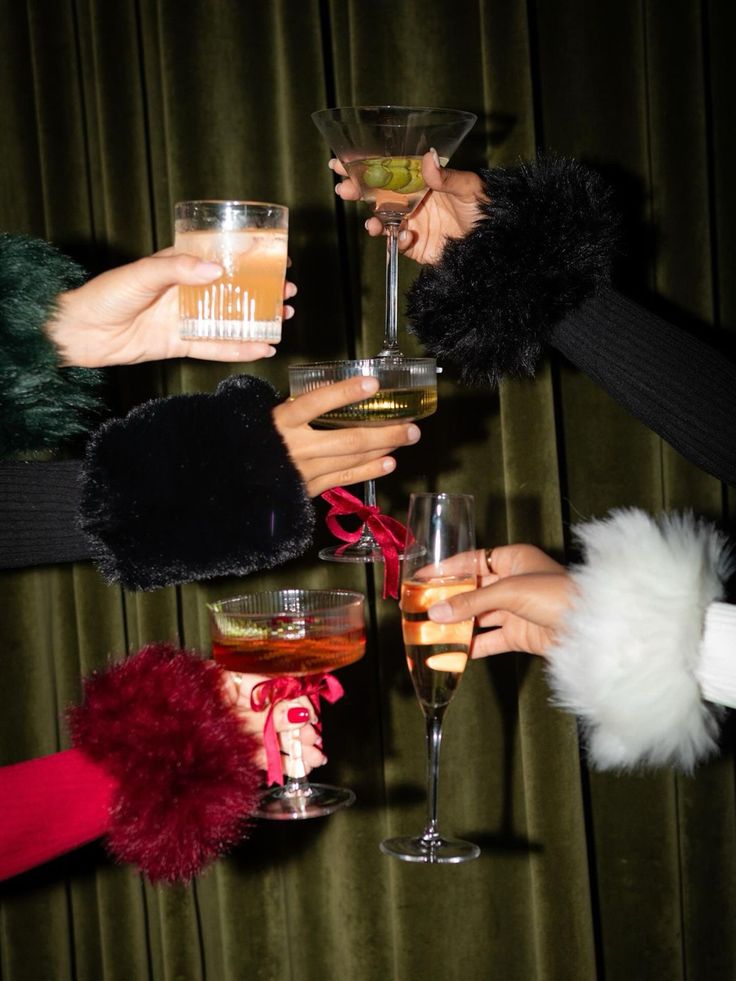We’re scheduled for a Zoom meeting and Xiang Li kindly sends me the link when mine doesn’t come through to her. When Li pops up on my screen her warmth instantly transcends technology, and I feel as though she is in the room with me. Just imagine how safe you would feel being in her physical presence, surrounded by paints, clay, felt – whatever artistic medium you would prefer to work with, as she guides you through the psychological process of expressing yourself.
Li’s career as an artist began in 2017 on a trip to China where she saw a box of watercolour paints on sale. Before this, her artistic abilities sound like the rest of us, with a few paintings in our school years but not much else. After working in the disability sector and completing an astounding three master’s degrees, Li googled the benefits of art, which had a profound impact on her mind and mood. This is when Li discovered Art Therapy and although she was sceptical at first, she decided to take the plunge.
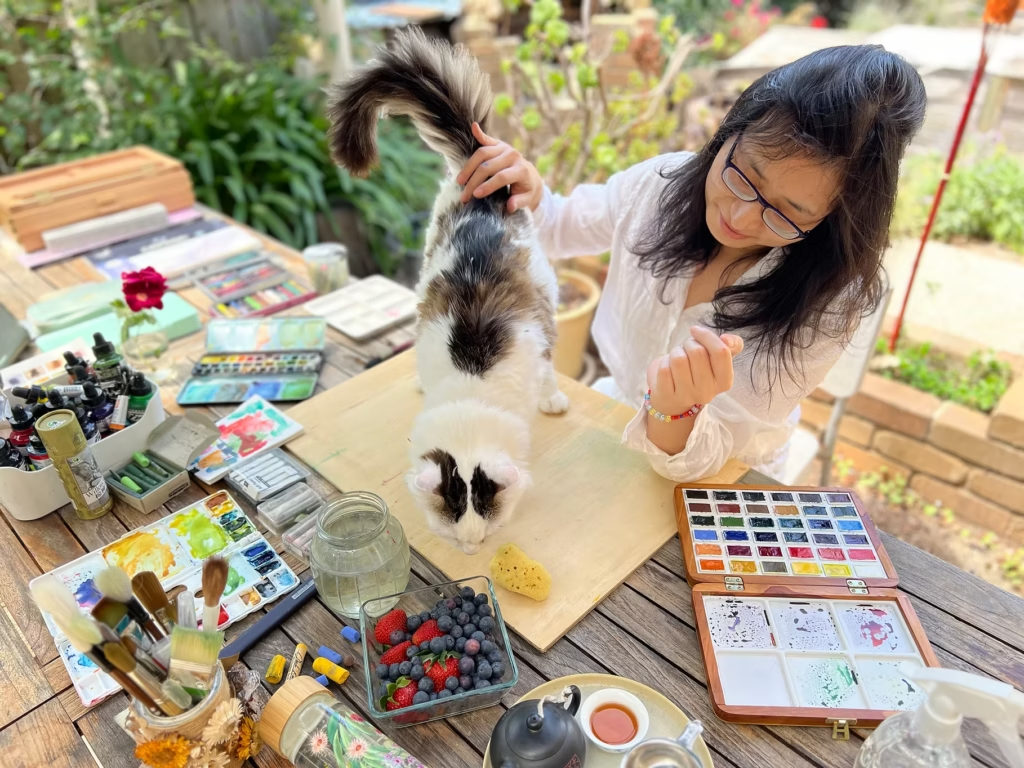
Artist Xiang Li
Through her fourth master’s degree, Li learned about psychological theories and how to apply them to art making. It sounds like pseudo-science, but the clinical benefits are fascinating. Art Therapy is psychotherapy, combining psychological treatment such as Cognitive Behavioural Therapy (CBT) and Trauma-Informed Therapy with multi-modal art experiences. It involves sensory-based practices and provides a relaxed environment for people to express themselves, without needing to speak. Talking doesn’t appear to always be the goal, either. The most important thing is for a person to be able to become aware of their feelings.
“Different from Talk Therapy, Art Therapy can be nonverbal, which is beneficial for trauma survivors,” says Li. “Our goal is to create a safe space for clients to process their emotions, utilising the appropriate tools and theories to support their recovery journey.”
Li explains the concept of art therapy beautifully.
“Art Therapy is like an orchestra, with therapy as the conductor and art making as the musicians. People often focus on musicians (art marking) because they ‘do all the work’ and occupy more space,” Li explains. “But an orchestra without a conductor (therapy) is just a band – you can still enjoy the music but not a symphony orchestra.”
Sometimes, being an art therapist means prescribing different sizes of paper on which to paint. The goal is to make the client feel comfortable on a small canvas, before moving onto larger scale productions. Li even tells me about a client who doesn’t say much in their sessions, but their energy on a canvas speaks volumes.
“I still remember they made a big collage of waves, with a tiny little boat on top and they said, ‘that’s me, I’m the boat.”
Weeks later the client sat in Li’s therapy room and told her that they could finally be themselves and they didn’t need to pretend anymore. This is the profound impact of art in a therapeutic setting.
“A person doesn’t need to have any prior experience or skills in creating art to participate in Art Therapy,” says Li. “Art is the process, it isn’t the goal.”
That first set of watercolours in 2017 started her journey of recovery, where she battled her own experience with mental illness.

“I created this work, Burnout (2021), to express how I feel when I spread myself too thin and burn out.”
“I tried many ways to fight them, including medicine, therapy and sports,” Li says. “Mental illness, people say it is like a dark tunnel and you see other vehicles, but when you are in that state you feel on your own,” says Li. “I always say, ‘if depression is a club, they did very well. They make every person feel they are exclusive.’ You have to believe there is light at the end of the tunnel.”
Art Therapy assisted her own journey through this difficult time. “Art Therapy helps me to know myself better. Knowing why I was unwell and how to manage it was powerful,” Li says. “One thing that Art Therapy helped me with was my fear of abandonment.”
This led to a beautiful painting, with geometric shapes of colour and a fine line figure occupying the space. We don’t talk too much about this piece because the point is for Li to express herself through art, without needing to explain herself to others.

Mama (2021)
“Being a millennial woman myself, I experienced challenges,” says Li. “It was art and Art Therapy that helped me cope with all those challenges.”
One of these challenges is the technological revolution and the profound impact this has on millennials. The way social media has caused our external worlds to grow, while paradoxically making us retreat into ourselves due to fear of public judgement.
“Our parent’s generation has a very small group they can compare themselves to,” says Li, “but our generation is different. We have the whole world. It’s harder for our generation to live a peaceful life.”
Not to mention, millennial women in particular feel the high-achieving need to succeed. Li is not immune to this notion and if anything, her decorated list of accolades and academic qualifications prove this. There are many women today who feel the same pressure to keep proving their capabilities, despite already deserving a seat at the table.
“We are constantly chasing, and millennial women still have the traditional part. Our generation still has the label, ‘I am a woman, therefore.’ And this is making it harder.”
Li has since held multiple exhibitions and earned many prestigious awards, which is incredible considering she never expected to become an artist. Li even created a bespoke dress for Melbourne Fashion Week, which she modelled down the runway. The design featured her watercolour paintings, including both Chinese and Australian blooms. “It was a symbol of both cultures blooming in my heart,” Li says. “Art enabled me to express my feelings and find my identity.”
“I also walked more confidently.. after this show,” Li continues. “I encourage more women to walk like they are on the runway for three minutes daily, even in their pyjamas. It is a great way to boost your confidence because of the connection between the body and mind. You change your behaviour, and it will change how you think about yourself.”
In 2023, Li started a program initially for artists and art therapists called Art You Ok, which invited them to create and speak about how they use art related to their mental health issue. This year it has been picked up by the City of Melbourne and will be open to everybody, you don’t need to be an artist to participate. Li wants to normalise conversations around mental health and mental illness, encouraging people to use art to start the conversation and create a community.
When asked about how people can begin their own creative journey, Li urges us to start and enjoy the process.
“Make art without being attached to the result. The recommendation is to spend time creating, rather than worrying about any technique,” says Li. “I have an Art Therapy sketchbook.. the sketchbook is only for me, and I have no intention of making it look nice. Just enjoy the process of playing.”
Li also runs her own business Art Therapy Melbourne, with her two cats: Sirocco (the CEO) and Sox (the relaxing manager). “This is one of the things I want to be. In real life, I try not to be too serious,” Li says.
When I ask Li what is next for her, she gives me the perfect answer. “I want mental health to be more relaxed. Art and Art Therapy changed my life.”
Read more of Inspiring Profiles here.

